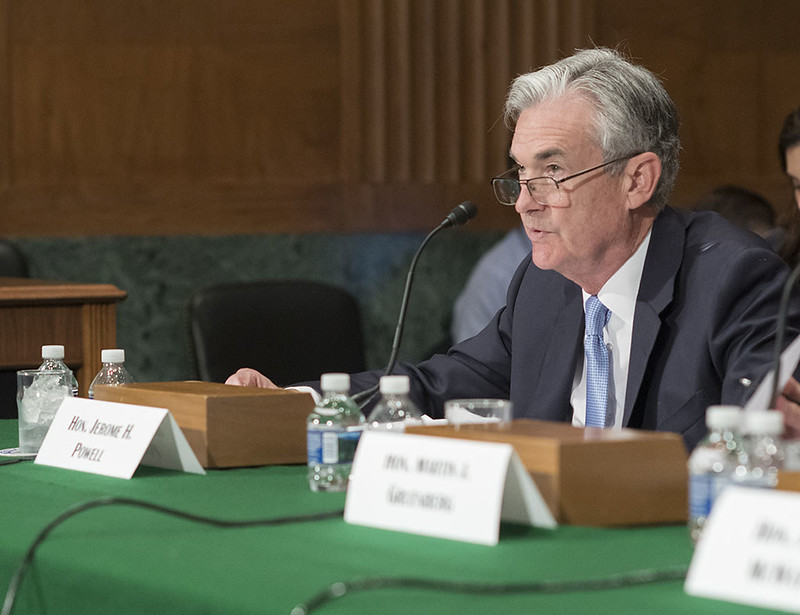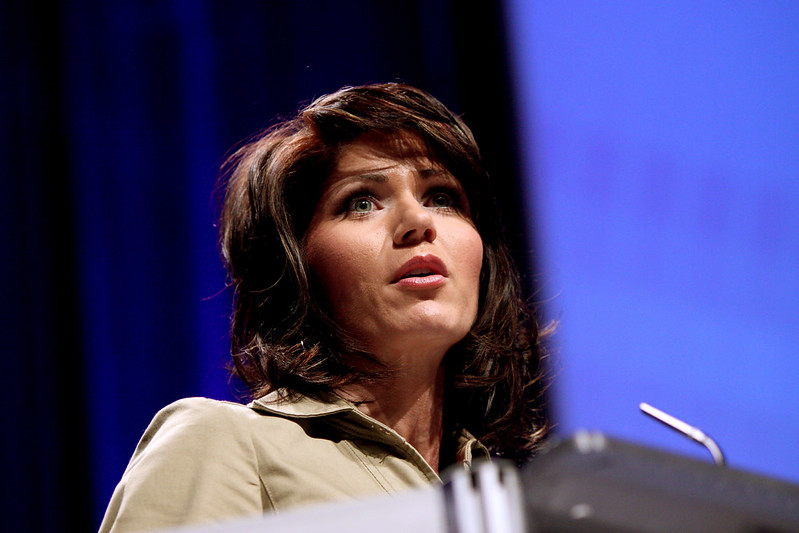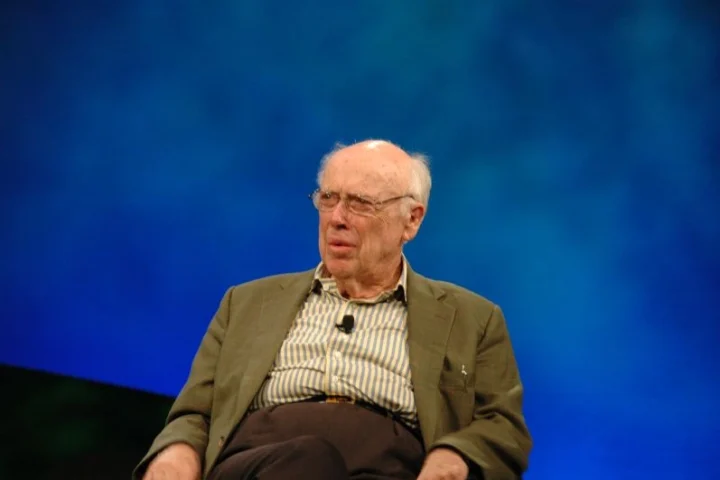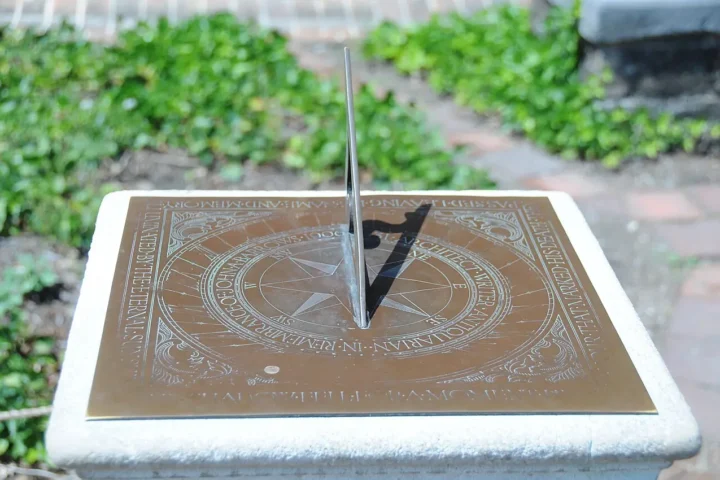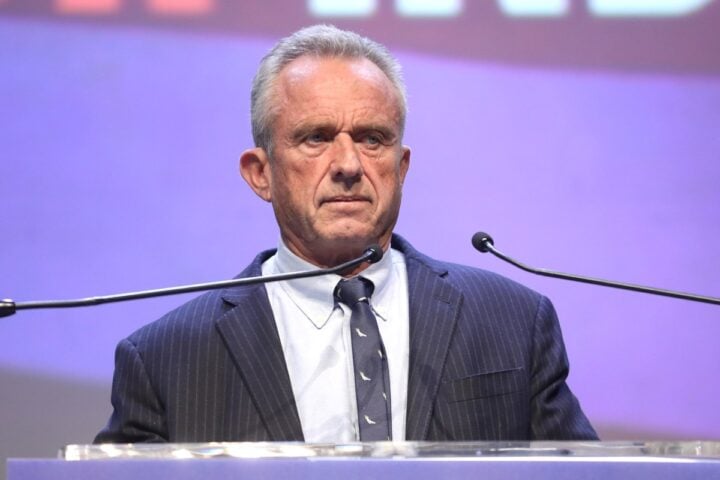Federal Reserve Chair Jerome Powell told Congress on June 24 that the central bank will hold interest rates steady as it watches how new tariffs affect the economy. This marks the fourth straight meeting where the Fed has kept its key rate at 4.25% to 4.50%.
Powell explained that the Fed needs time to see how President Trump’s tariffs might push up prices. “For the time being, we are well positioned to wait to learn more about the likely course of the economy before considering any adjustments to our policy stance,” Powell said during his testimony to the House Financial Services Committee.
The Fed is concerned that tariffs could cause inflation to spike. Powell directly stated that “increases in tariffs this year are likely to push up prices and weigh on economic activity.” The central bank is trying to determine if these price increases will be a one-time bump or lead to ongoing inflation problems.
Recent numbers show the economy faces challenges ahead. The Fed now expects inflation to reach 3% by the end of 2025, higher than their earlier prediction of 2.7%. At the same time, they’ve lowered their growth forecast to just 1.4%, down from 1.7%. The unemployment rate is expected to rise to 4.5% from its current 4.2%.
President Trump has repeatedly demanded that the Fed cut rates immediately. He has publicly criticized Powell, arguing that lower rates would boost the economy and reduce government spending on its $36 trillion debt. Trump pointed to the European Central Bank, which has already cut rates eight times in the past year.
Similar Posts
“Too Late,” Trump recently posted on social media, criticizing Powell for not cutting rates sooner and claiming it costs the country “hundreds of billions of dollars.”
The disagreement highlights different priorities. Trump focuses on economic growth and government borrowing costs, while Powell emphasizes the Fed’s two main jobs: keeping employment high and prices stable. As Fed Governor Christopher Waller put it, lowering government borrowing costs is “not our job.”
Within the Fed, opinions differ about when to cut rates. Out of 19 Fed officials, seven believe rates should stay unchanged all year, while others expect one or two cuts. Some members, including Michelle Bowman and Christopher Waller (both Trump appointees), have suggested a rate cut could happen as soon as July if inflation stays low.
The May inflation report showed prices increased by just 0.1% for the month, suggesting inflation remains fairly controlled for now. However, Powell expects inflation pressures to become more obvious this summer as tariffs take effect.
“We should start to see this over the summer, in the June number and the July number,” Powell explained. “If we don’t, we are perfectly open to the idea that the pass-through (to consumers) will be less than we think, and if we do, that will matter for policy.”
When repeatedly asked why the Fed isn’t cutting rates now, Powell emphasized caution. “It’s just a question about being prudent and careful,” he told lawmakers. “We don’t see weakness in the labor market. If we did, that would change things.”

Financial markets currently predict about a 70% chance of a rate cut by September, though Powell cautioned against placing too much confidence in any specific timeline.
For now, the Fed’s message remains clear: they’ll wait for more evidence before making any moves on interest rates, particularly as they assess how tariffs affect prices throughout the economy.
